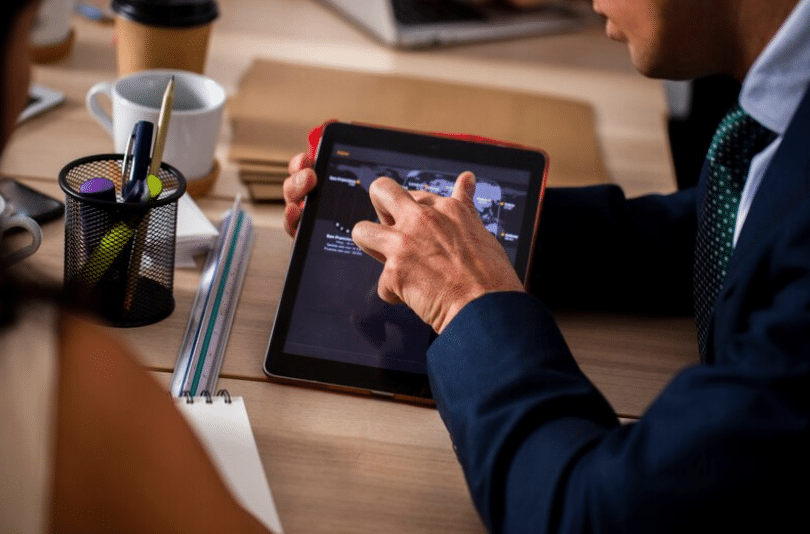Although it may seem relatively new to many, technology that makes remote work possible has been around for a long time. With the exception of freelancers, only individuals who could guarantee to be trustworthy and maintain very high levels of productivity when working remotely found great benefits from working from home. Since tech workers had a system such as Controlio software program for worker monitoring to account for the employee, this profit was primarily exclusive to them. Higher stated that it was an honor.
Even while the rise of “tech bros” and digital nomads changed how IT companies operate, remote work wasn’t the hot topic until the epidemic struck more precisely, the preceding two years. SaaS solutions provided comfort to many, and they have been used ever since.
The work mannequin changed when studies revealed that the majority of workers require a hybrid form of work going into the future.
Furthermore, according to World Office Analytics, 37% of remote workers would accept a 10% wage decrease in order to continue working from home. People are no longer interested in working in offices due to this increasingly popular trend; fortunately, they are turning down jobs where they aren’t given the option to work remotely.
As a result, businesses began to use the hybrid work model and more companies started offering remote jobs. Suddenly, the doubts around remote work seemed to vanish completely, as we, as a society, demonstrated the effectiveness and potential of working from home.
Prevention of Productivity Loss
A common apprehension among businesses regarding remote labor is the potential for reduced productivity. Most employers find it difficult to understand the concept of remote work since their businesses are built around the concept of fixed supervision. However, data indicates that employees who work from home are genuinely more productive than those who work in an office. also happier.
The results of Airtasker’s poll on remote work revealed some amazing productivity data. According to the poll, remote workers put in an additional 1.4 days of work every 30 days on average compared to their colleagues who work in offices, for a total of about 17 extra work days annually. Additionally, it was shown that remote workers put in more hours overall and take far shorter breaks than their in-person counterparts. They also experience significantly less downtime. This raises the question of how organizations might reduce productivity loss in a remote location. The answer is simply a worker monitoring software such as the Controlio package.
This resolution records, monitors, and, most frequently, evaluates employee exercise during working hours. It’s a technological component that is crucial for businesses looking to advance their operations.
The Upcoming Hybrid Work Area
Hybrid working, the way of the future for the workplace, can be described as an enterprise mannequin that combines in-person and remote work. Although hybrid work often combines both on-site and remote presence, one organization’s approach to it may differ greatly from another group’s. Some businesses established a minimum number of days that employees must work on-site, while others gave their employees complete discretion over the matter.
The hybrid work model emphasizes creating a more holistic and healthful company culture while offering greater flexibility than traditional methods of working. Employees who work remotely don’t have to worry about their employer hovering over them or about commuting times. Nonetheless, they have to make sure that their worker tracker is operational.
This SaaS solution monitors, records, and analyzes worker efficiency data while keeping track of time and attendance. This is accomplished through a well-defined structure, where employees may also gain insight into their own productivity and advancement. When it comes time for his or her employee appraisal, they will make use of and exploit this information.
This device monitors app and internet usage, so it could soon identify which licenses are necessary for optimal performance, identifying those that are unnecessary or outdated. Apart from identifying unexplored ways to achieve more cost effectiveness. Employers can reduce an at-risk worker’s workload and offer assistance by using the productivity data to alert them to possible burnout.
During the shutdown, one of the numerous drawbacks of working remotely was the creation of a new, unsafe endpoint: the remote worker. Since cybercrime has increased dramatically during the past two years, cybercriminals have profited from this. Thankfully, worker monitoring software frequently comes with security features like USB blocking, phishing alarms, and website filtering.
Conclusion
Irrespective of your personal preferences, remote work is here to stay. Software for worker monitoring is a crucial component of the operation and prosperity of several businesses and industries across the globe. It’s an easy fix that keeps the company safe and legal while increasing employee happiness and productivity. Finding ways to build, stabilize, and provide security while also paying attention to the overall well-being of your workforce is the goal of hybrid work. It is an adaptable organizational model that gives workers the freedom to operate in a way that helps them feel more elevated and environmentally conscious.












